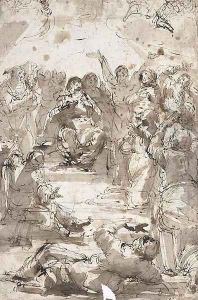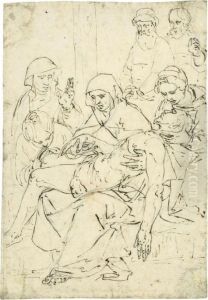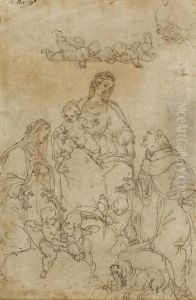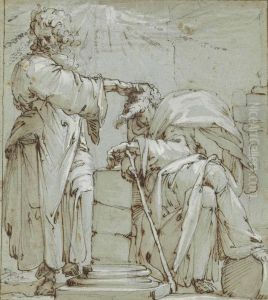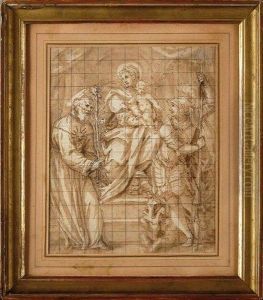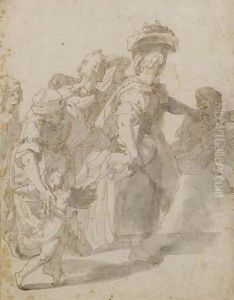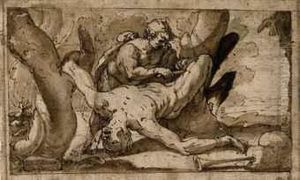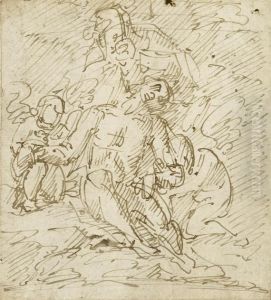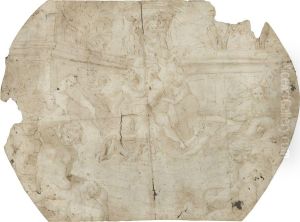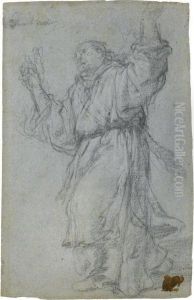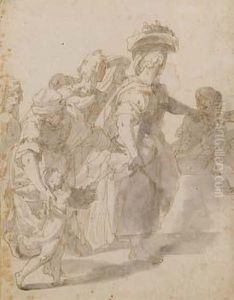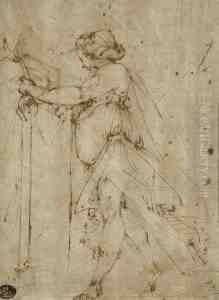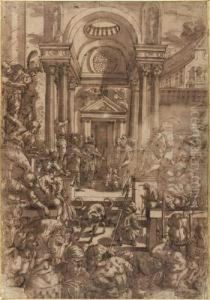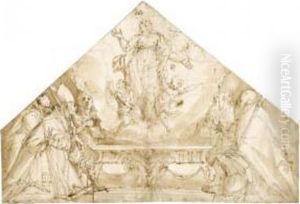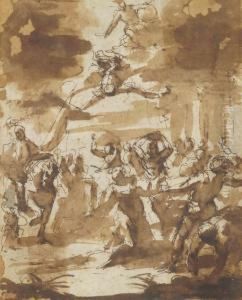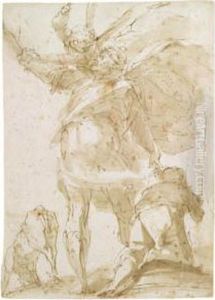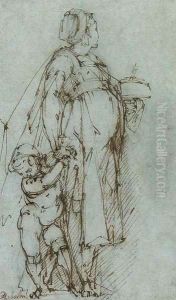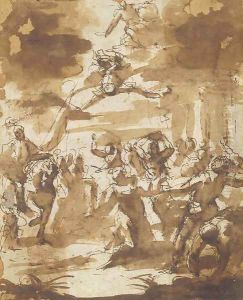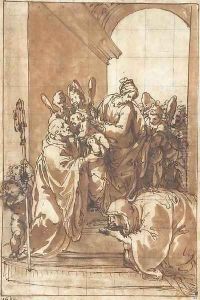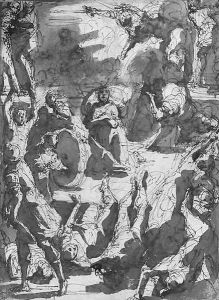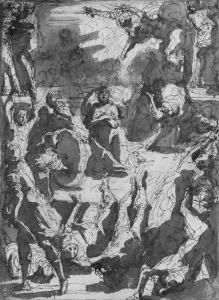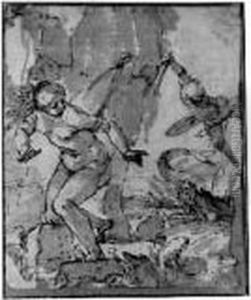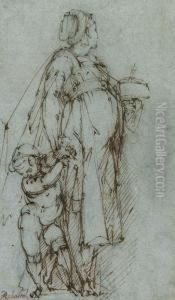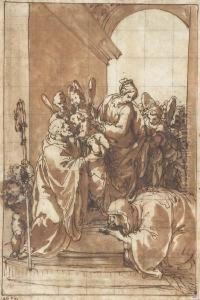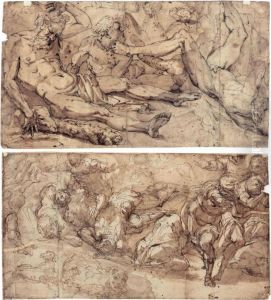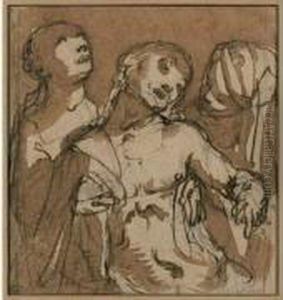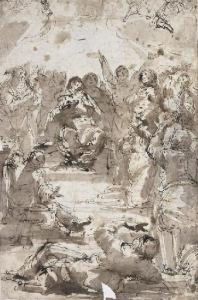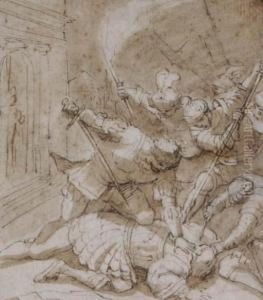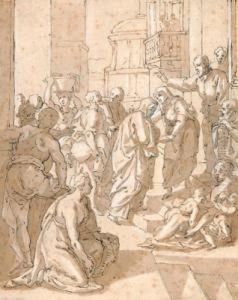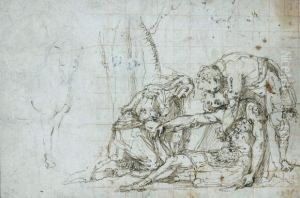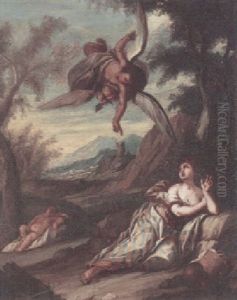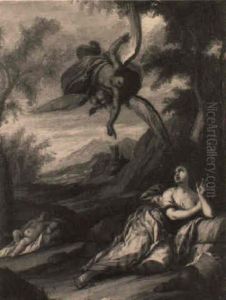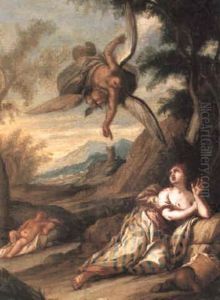Giulio Benso Paintings
Giulio Benso was an Italian painter of the early Baroque period, born in 1592 in the village of Pieve di Teco, near Genoa. He was active mainly in Genoa and the surrounding regions in Italy. Benso’s style was influenced by the works of other prominent Genoese painters of the time, such as Giovanni Benedetto Castiglione and Bernardo Strozzi, and he was also inspired by the dynamic naturalism of Caravaggio.
Benso’s work was characterized by his vivid color palette, dynamic compositions, and the emotional expressiveness of his figures. He was skilled in a variety of subjects, including religious scenes, allegorical figures, and still-life paintings. His frescoes and altarpieces can be found in many churches in Genoa and Liguria.
During his career, Benso received numerous commissions from religious institutions and private patrons. He was part of the artistic movement in Genoa that contributed to the flourishing of Baroque art in the region. His work often depicted scenes from the life of Christ, the Virgin Mary, and the Saints, imbued with a sense of drama and devotion.
Despite his success, Giulio Benso is not as well-known today as some of his contemporaries. Nonetheless, he left behind a significant body of work that reflects the artistic vibrancy of the Baroque period in Italy. Benso continued to paint until his death in 1668, leaving a lasting legacy in the history of Italian art.
